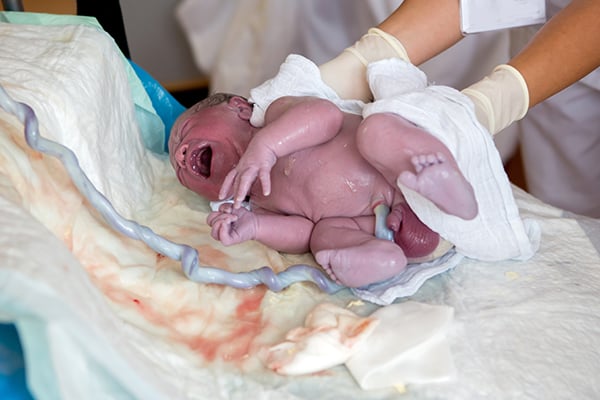“Unlocking New Value through Healthcare Experience Mapping”: Our Upcoming IDSA Medical Pre-Conference Workshop.
It’s no happenstance that this year’s IDSA Medical Design Conference theme is “Experience.” As the consumerism of healthcare continues to take hold, patients are taking an increasingly active role in their care, and hospitals and medical facilities are now being measured more on patient satisfaction. As a result, there’s a growing shift in thinking about how to deliver quality care — one that’s more focused on a user-centered approach. User-centered means more focus on design, and that, long story short, means we in the field need more than ever to think beyond the product.
Today, healthcare is all about creating an exceptional patient experience.
Here at THRIVE, the user has long been at the center of our work; we put them at the head of the table and the front of our minds from the very beginning of any new device creation. In healthcare, the process starts with observing user(s) needs and capturing their behaviors and emotions over the course of a defined experience (or procedure). This helps us go beyond thinking about the technicalities of the procedure alone and focuses our attention on the human factors involved.
We have a lot of experience analyzing patient experiences and processes in this way, and soon, you can get an inside look at our problem-framing methodologies during our IDSA Medical Pre-Conference Workshop: “Unlocking New Value through Healthcare Experience Mapping,” on March 28, 2018, one day before the main event.
Heads up: This is no mere PowerPoint presentation.
We’ll be sharing our system of experience mapping for healthcare services and medical procedures in a very real way: through the tools and analytical techniques of contextual inquiry and opportunity identification by applying them to a simulated birth at Boston Children’s simulation lab. Join us, and you’ll observe the stages of active labor, transition labor, pushing, birth, delivery of the placenta and early recovery, experiences we’ll be analyzing via a stakeholder journey.
Why Workshop a Simulated Birth?
It’s relatable.
It can be easy to get caught up in the technicalities of a medical procedure and forget that there is an actual person involved — many other surgeries, for example, are conducted with the patient draped, cut off from the presence, much less participation. Birth, on the other hand, has an inherently strong human connection; it’s a familiar, accessible experience for most everyone, and the human components are evident.
There are multiple stakeholders.
The labor and delivery experience incorporates many different users and perspectives: there’s the clinical side (doctor, nurses, other specialists or technicians), as well as the mom-to-be, and her partner or other family members or friends. The broad range of participants helps expand the view of what should be considered when conducting research and framing potential problems to solve through experience mapping.
It’s immersive (and interactive).
The best way to learn is quite often by doing. This simulated experience will help create the mindset required to go and do this kind of observational research, and how it relates to the medical device development process. It provides practical application of the methods and tools we’re sharing to identify and contextualize the unmet needs of patients, physicians, and other caregivers, and note gaps in the patient experience and use them as a basis for identifying new opportunities.
After the workshop, attendees will walk away with a foundational understanding of how to conduct clinical research, and more importantly, how to structure the data in a way that is logical and illuminates the key problems to solve. That’s the beauty of experience mapping: it makes something very abstract and intangible something you can talk about, work around, and use to focus on solving common problems. Design can then become a strategic tool for business — one that helps device manufacturers improve the outcomes for patients.
Remember there’s only so much value in designing a device; but when you design around an entire experience, you generate the greatest value by taking an outside-in view that cuts across functional silos.
The IDSA pre-conference workshop is now sold out! We look forward to seeing those who registered on March 28!







